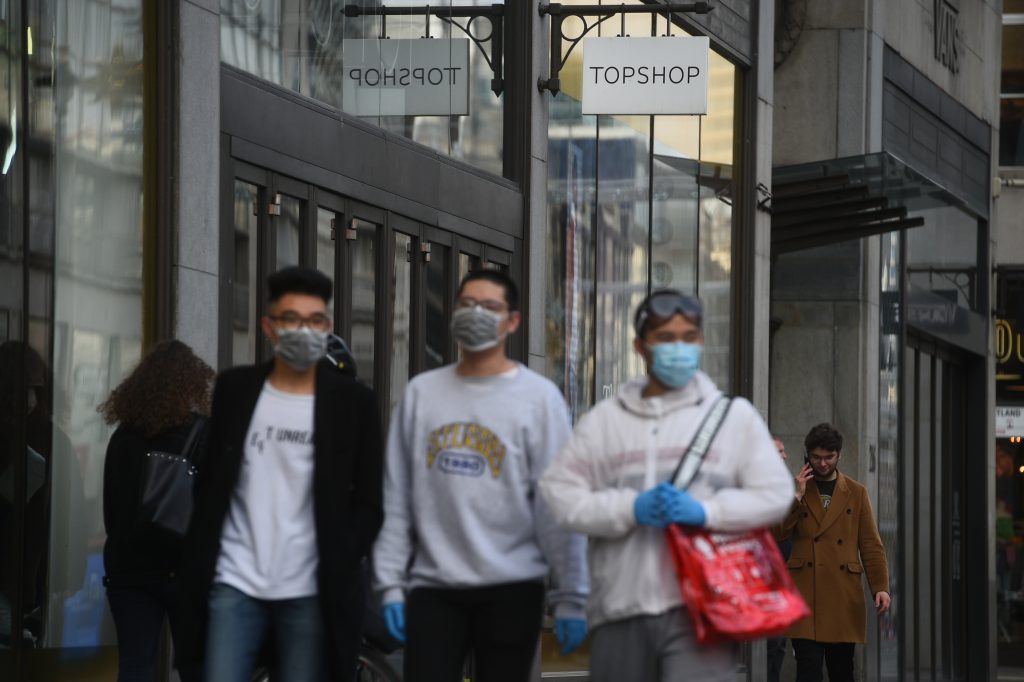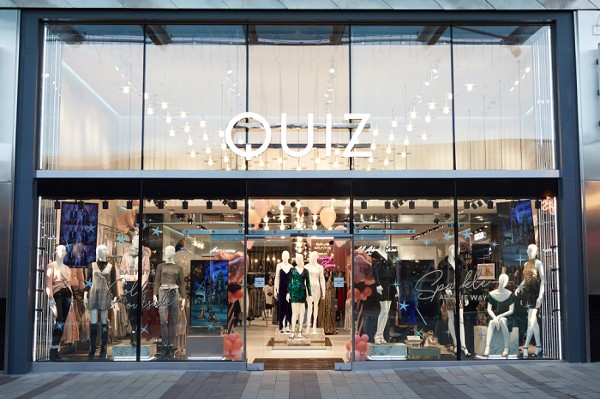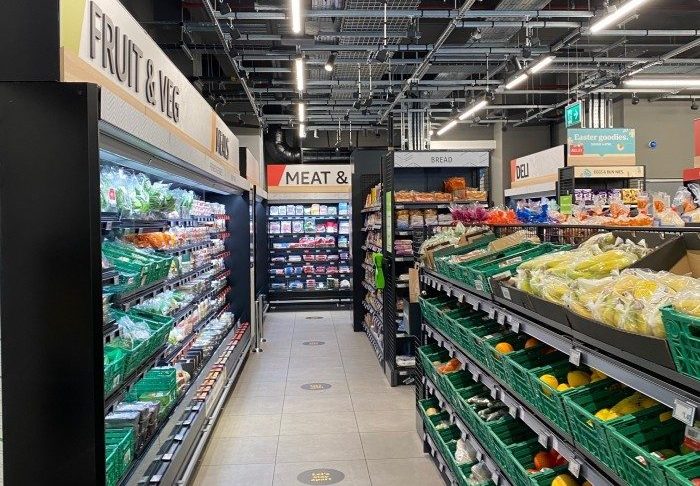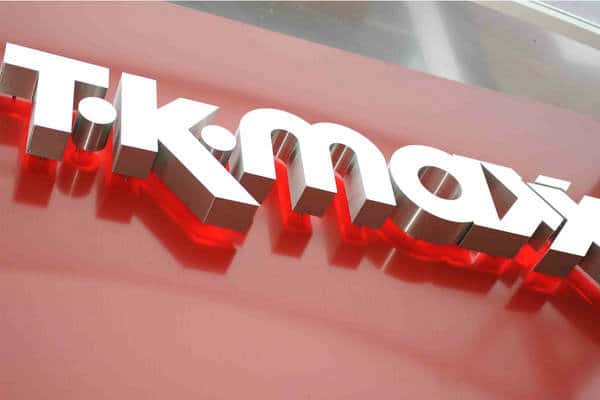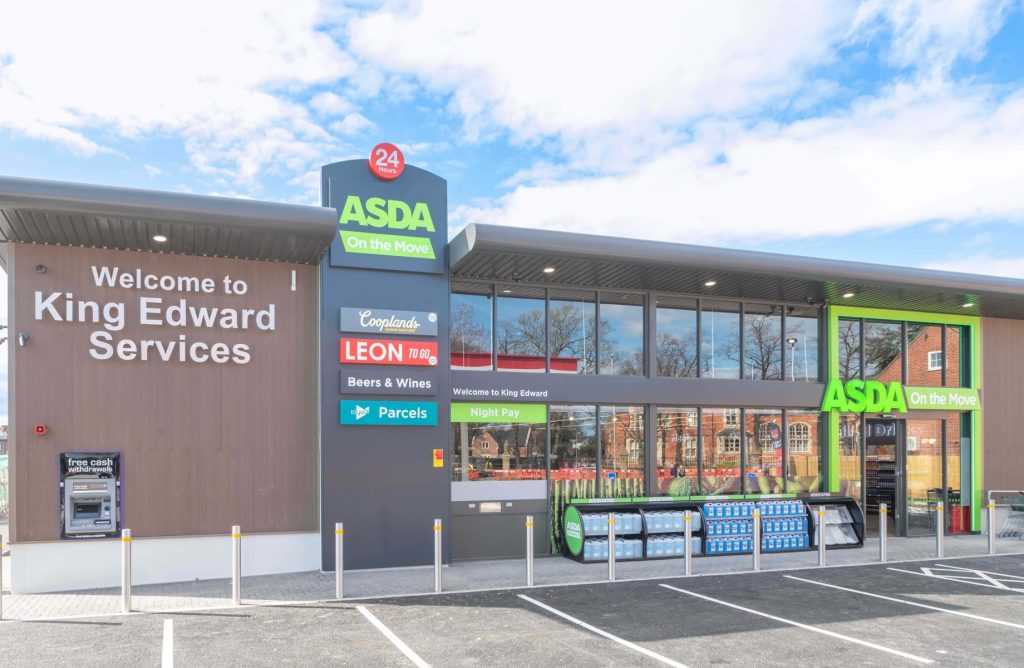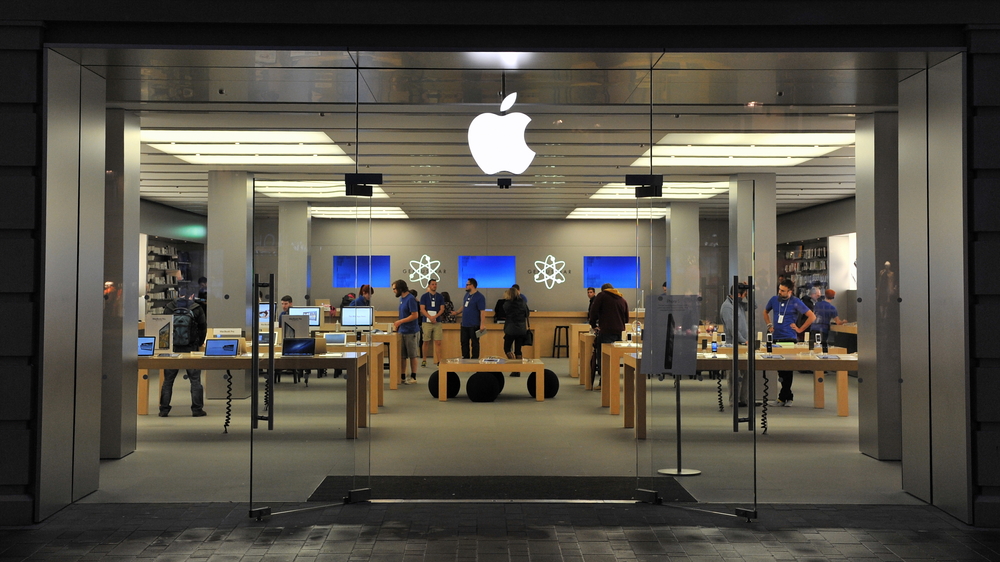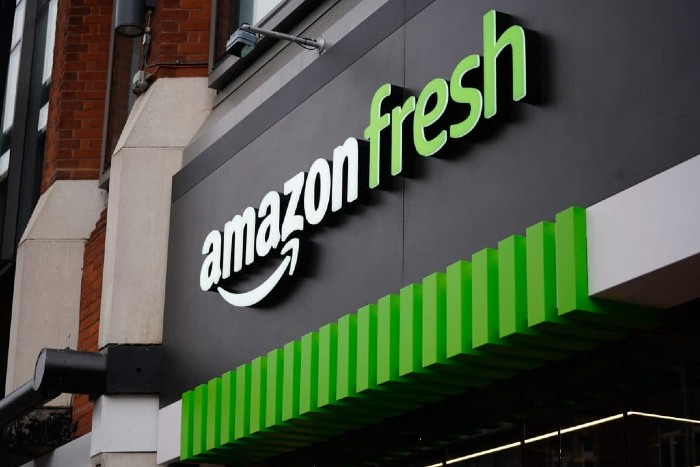It sometimes feels like at the end of every year there’s a Groundhog Day moment where marketers and forecasters pose whether this was the year that retail changed forever. While that may have been an overstated cliché in previous years, it finally rings very true in 2020.
This has obviously been an incredibly challenging year for the sector, but it’s also been a time of incredible innovation and experimentation as businesses big and small adapted at an astonishing pace.
As we look ahead to 2021, here are my thoughts on what has actually changed for good and what businesses need to do to get in the best shape for retail’s year of recovery post-Covid.

We’ve seen five years of change in five months, and we’re not going back
“Just popping to the shops.” It’s not a phrase I’ve uttered too often this year. Of the many changes the Covid-19 pandemic has brought to business, its impact on our shopping habits, is one of the most significant.
When customers choose where to shop, price continues to be the most important factor – hardly surprising during an economic downturn – but the pandemic has added a number of new criteria to the decision-making process.
Safety is now key: we’ve replaced FOMO with FOGO (fear-of-going-out) this year because of Covid infection concerns. Seventy-one per cent of consumers say that having a safe physical shopping environment is very important to them. Reducing the risk to customers and employees with protective equipment and contactless shopping – as well as digital innovations like virtual queuing, tested by Sainsbury’s – boosts consumers’ confidence. There’s a clear action for marketers here – 41 per cent of consumers say they’re interested in receiving messages from brands about the steps they’re taking to protect them, whether that’s delivery, click and collect or self-checkout.
Our expectations around convenience are being elevated, too. In a world where almost anything can be bought with the click of a button and delivered to your door within hours, we expect immediacy. Customers will go elsewhere if the buying and delivery process isn’t quick and easy. Cart abandonment accounts for at least 50 per cent of drop-off from the purchase funnel, costing about $2 trillion–$4 trillion a year, while more than seven in 10 gen Z and millennial consumers globally say delivery time is key in determining where they shop online.
“We’ve seen the boundaries between bricks-and-mortar and ecommerce continue to blur during the pandemic”
In order to give shoppers the confidence to buy from them, brands must communicate that they’ll fulfil and deliver their purchases efficiently and conveniently, as well as offer a seamless returns policy. In the UK, this was the fastest-growing criteria for influencing where to shop in-store this summer.
Go with the digital flow
We’ve seen the boundaries between bricks-and-mortar and ecommerce continue to blur during the pandemic. It’s critical that retailers understand the role digital now has to play in every part of the purchasing funnel, and how innovation in its broadest sense is going to have an increasingly large role in retail.
Digital technology is streamlining the shopping experience in stores, and online resources are helping shoppers to plan their purchases in advance – something about two-thirds of people now claim to do, particularly the over 65s. Even if a customer ends up tapping their card in a physical store, chances are the purchase began online – 90 per cent of customers globally say they discover new products on the internet. Social media plays a big part here: almost three-quarters of consumers globally say they get their shopping ideas from Facebook, Instagram or WhatsApp. Brands must consider how they can generate fresh demand for their products and services in future, rather than focusing solely on existing interest.
Another aspect of the shopping experience that digital can help with is trust. It can be tricky to tell whether a product will meet expectations without touching and feeling it, and we’re seeing virtual reality, augmented reality and live commerce being used to great effect here in recent months. French luxury brand Balmain created a virtual showroom with a 3D avatar to allow customers to browse its new collection, while Swedish retailer Ikea’s app enables users to visualise realistically rendered 3D products in their homes via AR. As part of its pivot to online during the pandemic, Singaporean fashion label MDS Collections started using Facebook Lives to pre-launch their new collections and saw a 20 per cent increase in total sales.
“The healthiest retailers now are the ones who are the most flexible.”
Periods of economic disruption tend to produce moments of innovation – and we’ve certainly seen it in the consumer shopping space this year. And while we’re all looking forward to a very different 2021, the changes we’ve witnessed in the way consumers are discovering and buying products are going to stay even after we’re able to spread our wings again. We’ll continue to see a large shift in consumer behaviour toward online as the primary channel for discovery and convenience, but in-store isn’t going anywhere and will continue to play a valuable role in the shopping experience. That’s why it’s more important than ever for brands to create a seamless and relevant shopping experience for their customers across channels, moments and mindsets. Those that can will be in pole position to do business next year and beyond.
2021 holds promise for those that can adapt
If retailers are to survive and thrive in the current climate, it’s critical that marketers understand these shifts in shopping behaviour and adapt their strategies accordingly. That means legacy businesses need to learn from this moment and make aggressive adjustments to survive.
Because the healthiest retailers now are the ones who are the most flexible, who can shift focus with alacrity, who plan with fluidity, and those who are thriving in the grey.
If the industry takes on the recovery with the same resilient and innovative spirit as it tackled the pandemic, 2021 could be a year that redefines our relationship with shopping. And that’s an exciting and optimistic thought as we close the chapter on this year.
Beth Horn is Head of Industry, Retail & Ecommerce at Facebook
Click here to sign up to Retail Gazette’s free daily email newsletter

